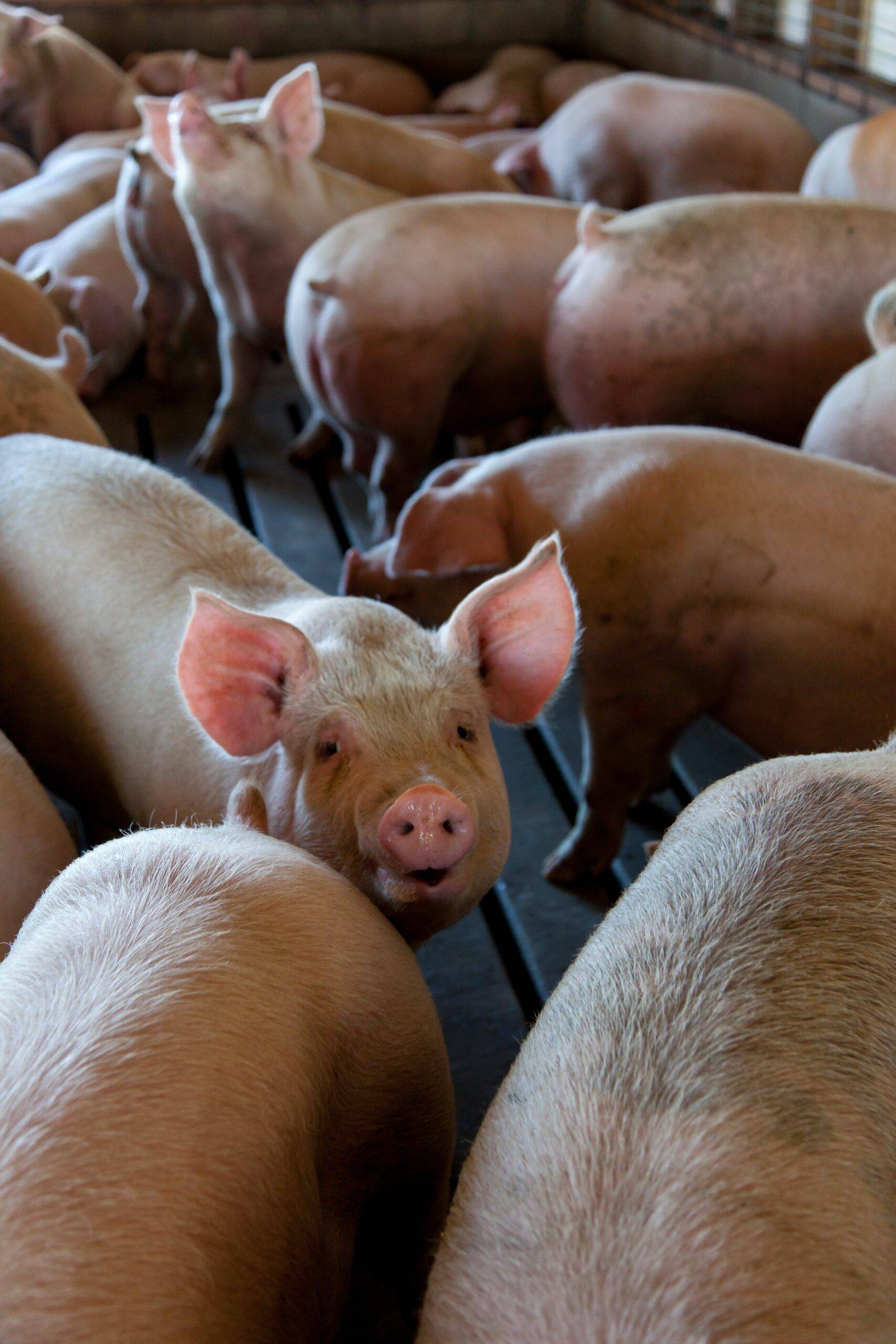Read: The Global Watermelon Industry in 2025 – Market Trends, Challenges, and Future Outlook
Introduction
Watermelons are not just a popular summer fruit; they are a significant agricultural commodity with a dynamic market influenced by various factors. In recent years, the prices of watermelons have shown considerable fluctuations, prompting an analysis of the underlying market dynamics. This report delves into the key market factors affecting watermelon prices, including supply and demand dynamics, weather conditions, transportation costs, consumer preferences, and international trade.
Understanding the Watermelon Market
The global watermelon market is valued at approximately $3 billion, with the United States being one of the largest producers and consumers. In 2021, the U.S. produced around 4.5 million tons of watermelons, with states like Florida, Texas, and California leading the way. The market is influenced by several factors, including seasonal demand, price elasticity, and consumer trends.
Supply and Demand Dynamics
Watermelon prices are primarily determined by the balance of supply and demand. When supply exceeds demand, prices tend to fall, and vice versa. Seasonal variations play a crucial role in this dynamic. During peak summer months, demand surges, driving prices up. Conversely, during off-peak seasons, supply may outstrip demand, leading to price declines.
For instance, in July 2022, the average price of watermelons in the U.S. reached $0.30 per pound, up from $0.25 in June. This increase was attributed to heightened consumer demand during summer picnics and barbecues. However, in September 2022, prices dropped to $0.20 per pound as the summer season waned, and supply levels remained high.
Impact of Weather Conditions
Weather conditions are a significant factor influencing watermelon supply and prices. Watermelons are sensitive to temperature and rainfall, and extreme weather events can drastically affect yields.
In 2021, a severe drought in Texas led to a 20% decrease in watermelon production in the state, resulting in higher prices nationwide. Conversely, favorable weather conditions in Florida during the growing season contributed to an abundance of watermelons, leading to lower prices.
For example, in June 2021, Texas reported an average price of $0.40 per pound due to reduced supply caused by drought, while Florida’s abundant harvest allowed prices to stabilize around $0.25 per pound.
Transportation and Logistics Costs
Transportation costs also play a crucial role in the fluctuation of watermelon prices. Watermelons are perishable goods that require efficient transportation to minimize spoilage. Rising fuel prices and logistical challenges can significantly impact the final retail price.
For instance, in 2022, a spike in diesel fuel prices led to increased transportation costs for watermelon distributors. This resulted in a price increase of approximately $0.05 per pound at retail levels. Additionally, delays in shipping due to supply chain disruptions caused by the COVID-19 pandemic further exacerbated the situation, leading to higher prices.
Consumer Preferences and Trends
Changing consumer preferences can also influence watermelon prices. As health consciousness increases, consumers are gravitating towards fresh produce, including watermelons. This growing demand can lead to price increases, particularly during peak seasons.
In 2020, the introduction of new watermelon varieties, such as seedless and mini watermelons, attracted a broader consumer base. This trend led to a surge in demand, with prices increasing by 15% during the summer months. Retailers reported that consumers were willing to pay a premium for convenient and healthier options.
Moreover, the rise of social media has also impacted consumer behavior. Instagram and TikTok have popularized watermelon-based recipes and summer drink trends, leading to increased sales. For instance, in the summer of 2021, watermelon sales surged by 25% compared to the previous year, directly impacting prices.
International Trade Dynamics
International trade plays a significant role in influencing local watermelon prices. Countries that export watermelons, such as Mexico and Spain, can affect the supply in markets like the U.S. If exports increase from these countries, it can lead to lower prices domestically due to increased competition.
In 2022, the U.S. imported approximately 1.2 million tons of watermelons, mainly from Mexico, which accounted for around 90% of the imports. This influx helped stabilize prices during the summer season, despite varying domestic production levels.
However, trade policies and tariffs can also impact prices. For instance, changes in trade agreements or the imposition of tariffs can lead to increased costs for imported watermelons, which may be passed on to consumers in the form of higher prices.
Market Competition
Competition among retailers also influences watermelon prices. Major grocery chains often engage in price wars to attract consumers, affecting overall market prices. For example, during the summer of 2022, several grocery stores in California reduced their watermelon prices to as low as $0.19 per pound in an effort to increase foot traffic, thereby impacting prices across the state.
Additionally, local farmers’ markets and organic produce shops have emerged as competitors, often selling watermelons at a premium due to perceived quality. This competition can lead to varied pricing strategies, impacting overall market dynamics.
Conclusion
The fluctuation of watermelon prices is a complex interplay of various market factors, including supply and demand dynamics, weather conditions, transportation costs, consumer preferences, and international trade. Understanding these influences can provide valuable insights for consumers, retailers, and producers alike.
As the global watermelon market continues to evolve, staying informed about these key factors will be crucial for navigating price fluctuations. The ongoing challenges posed by climate change, changing consumer behaviors, and international trade policies will likely continue to shape the future of watermelon pricing in the years to come. By adapting to these changes, stakeholders in the watermelon market can better position themselves for success in an ever-changing economic landscape.



